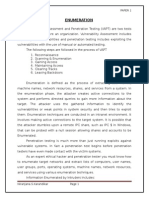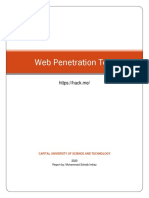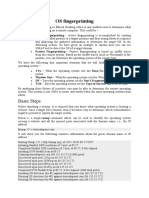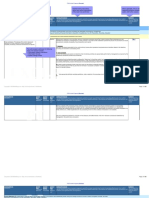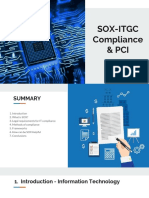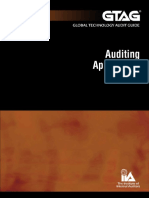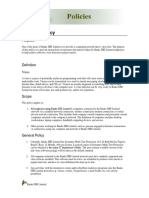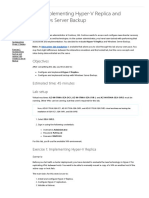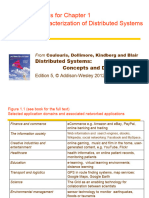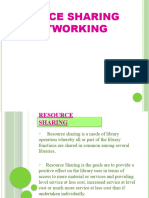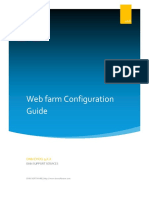0% found this document useful (0 votes)
31 views21 pagesEnumeration
The document provides a comprehensive overview of enumeration techniques used in ethical hacking and cybersecurity, detailing methods for gathering information about networks, services, and systems. It covers various enumeration techniques such as NetBIOS, SNMP, LDAP, and DNS, along with tools and commands used for each method. The document emphasizes the importance of enumeration in identifying vulnerabilities and planning security measures.
Uploaded by
F19Aditya KumarCopyright
© © All Rights Reserved
We take content rights seriously. If you suspect this is your content, claim it here.
Available Formats
Download as DOCX, PDF, TXT or read online on Scribd
0% found this document useful (0 votes)
31 views21 pagesEnumeration
The document provides a comprehensive overview of enumeration techniques used in ethical hacking and cybersecurity, detailing methods for gathering information about networks, services, and systems. It covers various enumeration techniques such as NetBIOS, SNMP, LDAP, and DNS, along with tools and commands used for each method. The document emphasizes the importance of enumeration in identifying vulnerabilities and planning security measures.
Uploaded by
F19Aditya KumarCopyright
© © All Rights Reserved
We take content rights seriously. If you suspect this is your content, claim it here.
Available Formats
Download as DOCX, PDF, TXT or read online on Scribd
/ 21
































